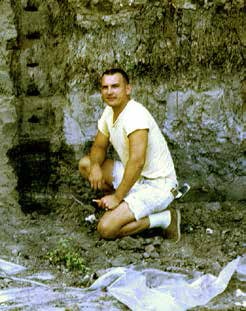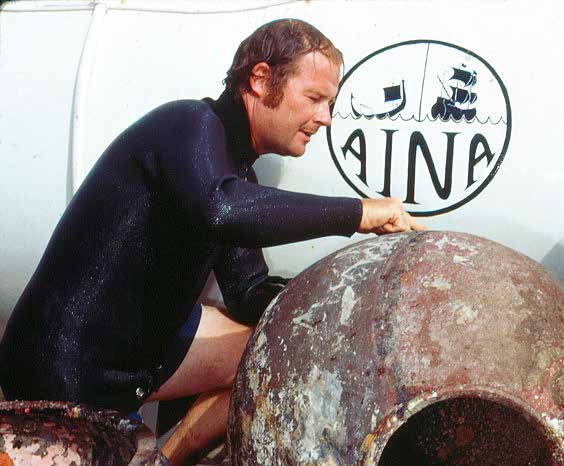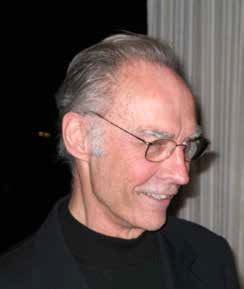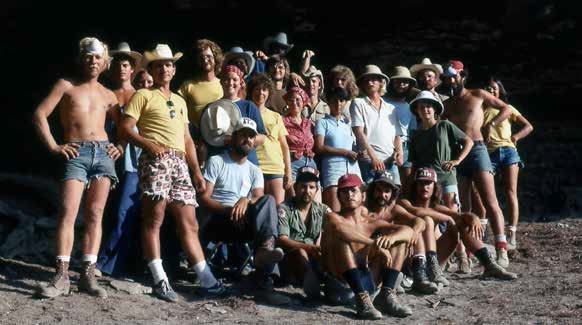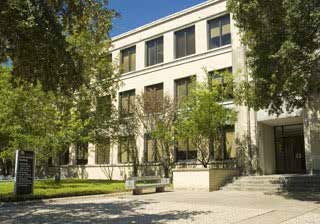In the early 2000s, three important events occurred in the history of the Department of Anthropology. First, in 2000 Gentry Steele tragically had to take disability leave and soon thereafter early retirement, and Katherine Dettwyler left the faculty for Delaware. As a result, the biological anthropology group underwent a major transformation, culminating with the arrival of three new faculty members, Drs. Sharon Gursky (2000), Sheela Athreya (2003), and Darryl de Ruiter (2003).
The second transformational event occurred in the archaeology program in 2002. At this time the Center for Ecological Archaeology completed its final CRM-based research projects and closed its doors, and its director, Alston Thoms, was converted to a full-time tenure-track appointment within the department. Coincidentally and independent of this closing, Dr. Robson Bonnichsen, with the help of Michael Waters, moved the Center for the Study of the First Americans from Oregon State University to Texas A&M, creating a sizable research endowment for Paleoindian archaeological research and opportunities for growth in a new direction.
The third significant development occurred in January 2004, when the department underwent an important external review. Among the findings of this review was that the department’s administrative and programmatic structure needed to change. Specifically, since its arrival at Texas A&M, despite being part of the Department of Anthropology, the Nautical Archaeology Program’s budget and administration had been separate from the department’s, leading to what external reviewers referred to as a “fragmented graduate program”. They recommended that the administration of the academic program in nautical archaeology be better melded with the rest of the Department of Anthropology’s programs.
In response to the findings of the external-review committee, the department reorganized itself in two ways. First, four academic programs were established: archaeology, biological anthropology, cultural anthropology, and nautical archaeology. All were to be administered under the department head. This change led to a formal splitting of archaeology, biological anthropology, and cultural anthropology/folklore into separate programs, a process that had started in the early 2000s when Archaeology/Biological Anthropology and Cultural Anthropology/Folklore had emerged as distinct entities within the program.
The second aspect of reorganization led to the creation of the Center for Maritime Archaeology and Conservation (CMAC) within the department’s administration, with Donny Hamilton becoming CMAC’s first director. The management of CMAC’s resources (including laboratories) was placed under the direction of the CMAC director, who from then on reported directly to the department head. This new structure, coincidentally, mirrored the manner in which the Center for the Study of the First Americans had been administratively organized a few years before.
A number of new faculty were added between 2005 and 2010, including Drs. Deborah Carlson, Jeff Winking, Ted Goebel, and Kelly Graf.

